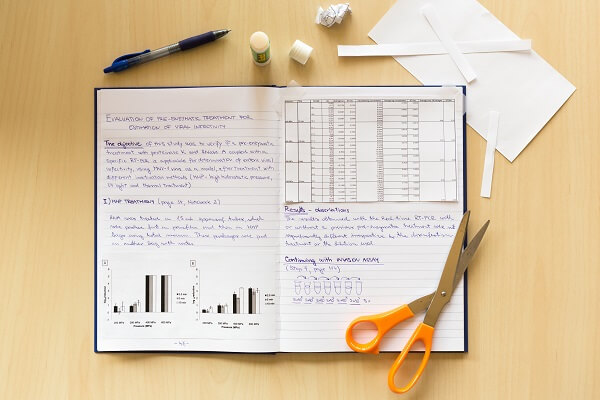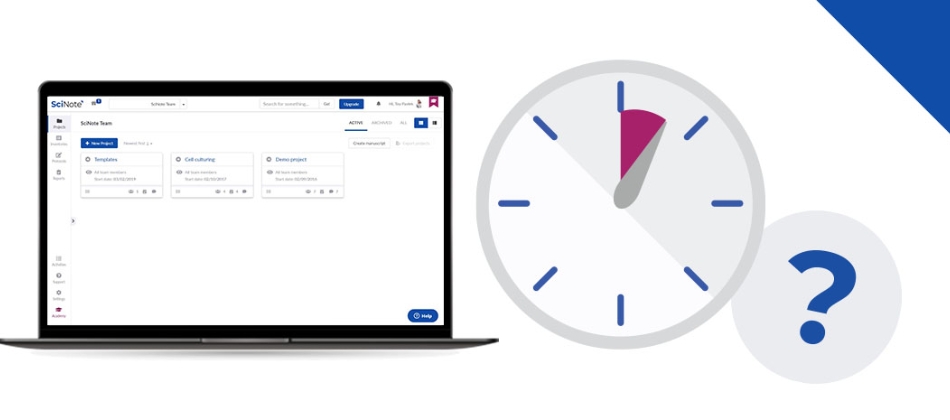What are the 3 biggest time wasters in research
![]() 2 min read
2 min read
We are all familiar with phrases “How does the time fly!” or “A day should be 48 hours long!”. But on which tasks do scientists actually spend too much time?
1. Meetings
Reports show that middle management (i.e. laboratory managers, principal investigators (PI)) spends 35% of time in meetings, while upper management spends 50% of their time in meetings (1). The figures for researchers and technicians are less scary but still significant. Approximately half of these are update meetings.
Laboratory managers spend 35% of their time in meetings.
So if laboratory managers and PIs would have a (mobile friendly) electronic laboratory notebook (ELN) software that enables them to see the latest updates and comment on them, they would save 172.5* hours annually. The time that we save by embracing some of the best practices can be “reinvested” to research planning and business development which ultimately increases efficiency and generates revenue.ur Content Goes Here
2. Data entry

Based on personal experience, focus groups and case studies I have estimated that an average researcher spends 1 hour per day entering experimental results while a technician spends 2.5 hours entering results to a paper notebook or an electronic database. Now imagine that you do not need to print, cut and glue your laboratory data in the paper notebook or that the output files from the instrument would be directly connected to an ELN software that would manage that. According to the case study by Hren et al. (2), complete software management (automation) of only one experimental workflow reduced the time spend for the analysis by 33%. If multiple workflows are managed in the same way, the time could be reduced by around 50% so researcher would save 115 hours and technician 287 hours annually.**
3. Data search
How much time do you spend on searching for documents and eventually find it in a folder that you would least expect. If you do that only 10 minutes each day, that sums up to more than 35 hours annually! I often wish my old paper notebooks would have hidden CTRL+F buttons. Not to mention that a person that might fill my position, will not have a clue what has been done and where to search for the results.
A researcher spends more than 35 hours annually for unnecessary data search.
Traditional practice of using paper lab notebooks nowadays also results in the fact that 17% of research data is lost annually (3). This is a clear sign that we should change our habit of printing, cutting and gluing for a digital way of storing an managing our research data.
Good time management in general is an everyday challenge. It is not just about increasing efficiency, but also having time to relax and maybe have a cup of coffee with your colleagues. And that is when great ideas are born.
By Jana Erjavec, PhD
Data used for calculations:
* Average time spent in meetings is 3 hours, 50% represent update meetings (1.5 hours), presumed time saving with ELN is 50% (0.75 hours)
**230 net working days per year
References:
- How Much Time Do We Spend in Meetings? (Hint: It’s Scary)
- Electronic Laboratory Notebook to improve traceability of research and diagnostics qPCR experiments. M. Hren, K. Gruden, K. Zupančič, N. Mehle, M. Pirc, U. Čepin and M. Ravnikar. qPCR and ddPCR Symposium, London 2014 (Global Engage)
- The Availability of Research Data Declines Rapidly with Article Age


